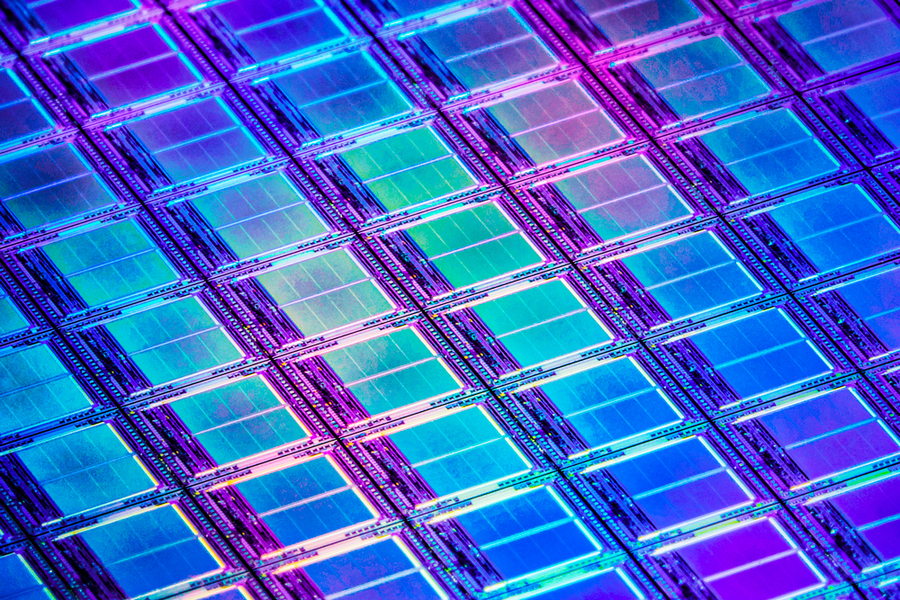InGaAs holds promise for computer transistors

MIT researchers think InGaAs could hold the potential for smaller and more energy efficient nanoscale transistors
MIT researchers have found that InGaAs could hold the potential for smaller and more energy efficient transistors. Previously, researchers thought that the performance of InGaAs transistors deteriorated at small scales. But the new study shows this apparent deterioration is not an intrinsic property of the material itself.
The finding could one day help push computing power and efficiency beyond what's possible with silicon. "We're really excited," said Xiaowei Cai, the study's lead author. "We hope this result will encourage the community to continue exploring the use of InGaAs as a channel material for transistors."
Cai, now with Analog Devices, completed the research as a PhD student at the MIT Microsystems Technology Laboratories and Department of Electrical Engineering and Computer Science (EECS). The paper 'Ballistic Mobility and Injection Velocity in Nanoscale InGaAs FinFETs' will be presented this month at the virtual IEEE International Electron Devices Meeting.
Electrons can zip through InGaAs with ease, even at low voltage. InGaAs transistors can process signals quickly, potentially resulting in speedier calculations. Plus, InGaAs transistors can operate at relatively low voltage, meaning they could enhance a computer's energy efficiency. So InGaAs might seem like a promising material for computer transistors.
But there's a catch.
InGaAs' favourable electron transport properties seem to deteriorate at the small scales needed to build faster and denser computer processors. The problem has led some researchers to conclude that nanoscale InGaAs transistors simply aren't suited for the task. But, says Cai, that's a misconception.
The team discovered that InGaAs' small-scale performance issues are due in part to oxide trapping. This phenomenon causes electrons to get stuck while trying to flow through a transistor. "A transistor is supposed to work as a switch. You want to be able to turn a voltage on and have a lot of current," says Cai. "But if you have electrons trapped, what happens is you turn a voltage on, but you only have a very limited amount of current in the channel. So the switching capability is a lot lower when you have that oxide trapping."
Cai's team pinpointed oxide trapping as the culprit by studying the transistor's frequency dependence -- the rate at which electric pulses are sent through the transistor. At low frequencies, the performance of nanoscale InGaAs transistors appeared degraded. But at frequencies of 1 gigahertz or greater, they worked just fine -- oxide trapping was no longer a hindrance. "When we operate these devices at really high frequency, we noticed that the performance is really good," she says. "They're competitive with silicon technology."
Cai hopes her team's discovery will give researchers new reason to pursue InGaAs-based computer transistors. The work shows that "the problem to solve is not really the InGaAs transistor itself. It's this oxide trapping issue," she says. "We believe this is a problem that can be solved or engineered out of." She adds that InGaAs has shown promise in both classical and quantum computing applications.


































